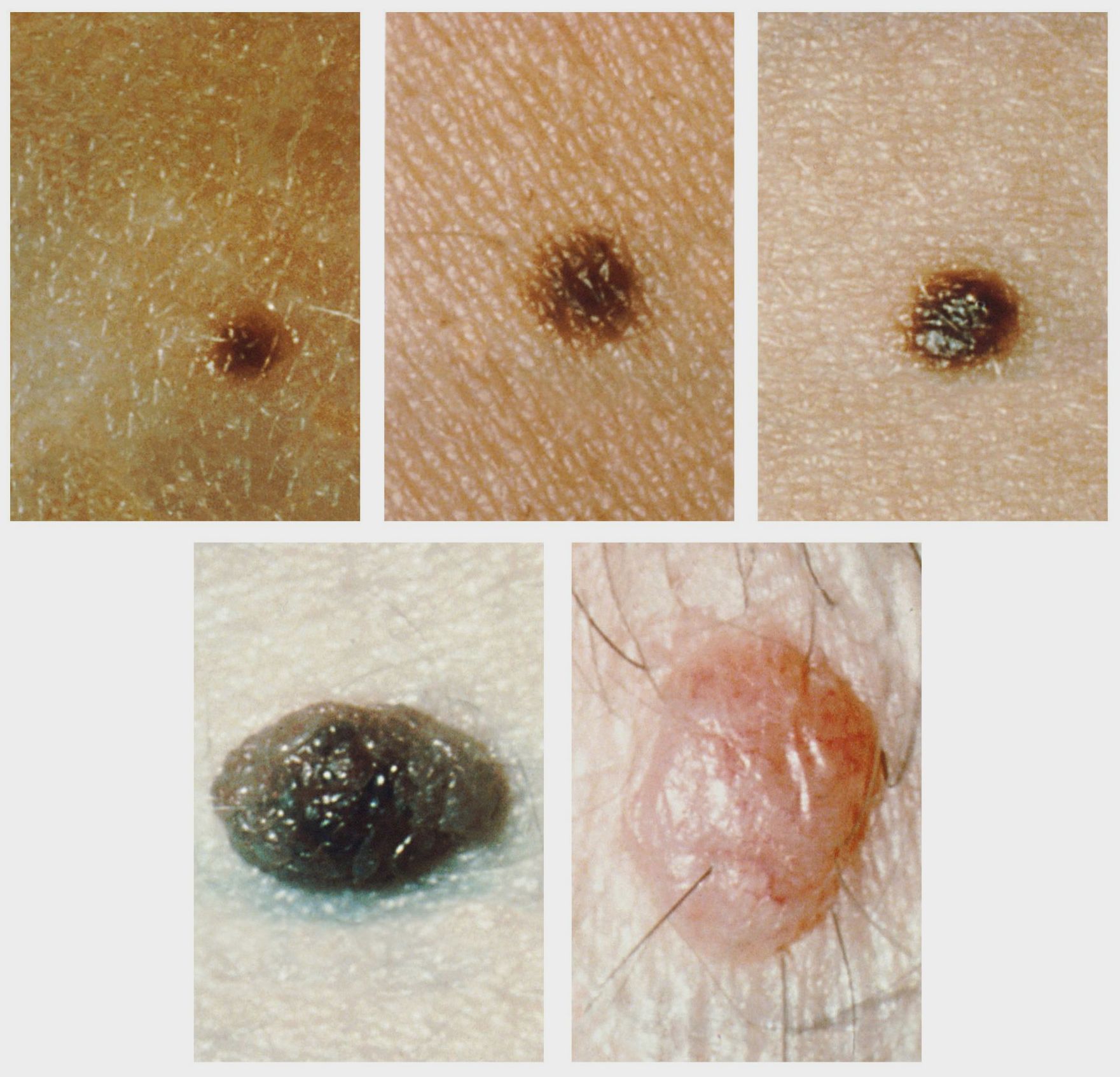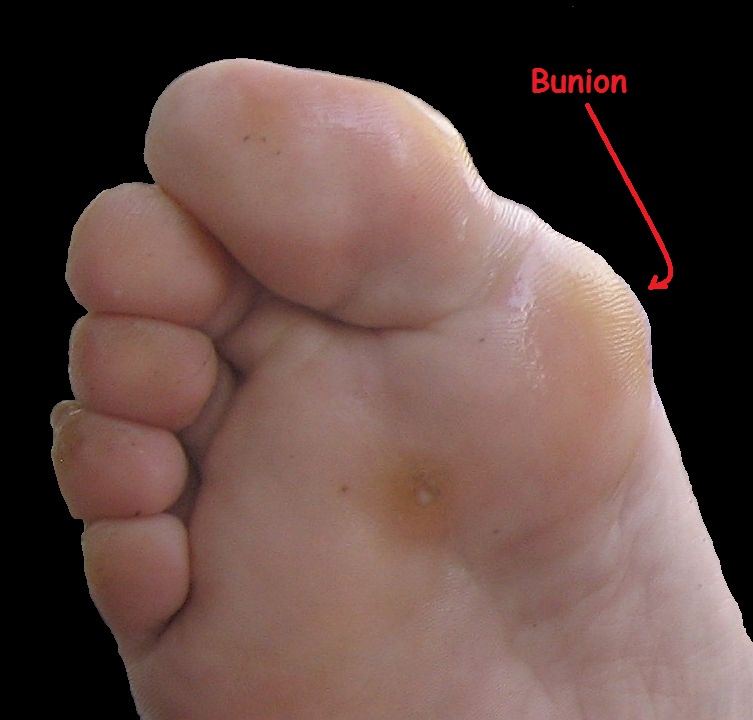
Beauty may be in the eye of the beholder. Yet, sometimes, instead, it is in the eye of the possessor. We may be surprised by the sudden appearance of a growth on our head, our hand, or our foot.
More commonly, especially during adolescence, we experience pimples or blackheads. However, more permanent growths can include warts and moles, boils, corns, and bunions. What are these? How do they differ?
Warts and Moles
Warts are growths produced in the outer layers of the skin, frequently on the hands and fingers, by the human papillomavirus, or HPV. They may generally be removed by freezing or chemical treatment, although other, less-frequent treatments exist.
The common mole is a benign, but abnormal growth of melanocyte color cells within the skin. Occasionally, a mole may become cancerous, so they should be watched throughout a person’s life.
Boils

A boil is like an exaggerated pimple. It forms in the vicinity of hair follicles, and is caused by a bacterial or fungal infection. As internal pus increases, pain increases, and the boil may need to be opened and drained. A CDC pdf file suggests many skin infections, including boils, may be associated with methicillin resistant stapholococcus aureus bacteria (MRSA).
Corns
Corns are small circular calluses caused by excess rubbing of a small area of the foot, caused by poorly fitting foot wear or by bony projections at the joints of toes.
Bunions
A bunion is produced by the friction of the big toe and the adjacent toe, stimulating excess bone growth in the big toe. This often results in much pain and inflammation as well as distortion of the bone structure.
Note: You might also enjoy Purines and Gout and Our Joints
References:
- WebMD: Warts
- Dermatology.org: What is a Mole?
- MedlinePlus: Boils
- Dr. Scholl’s: Corn
- Mayoclinic.org: Bunions